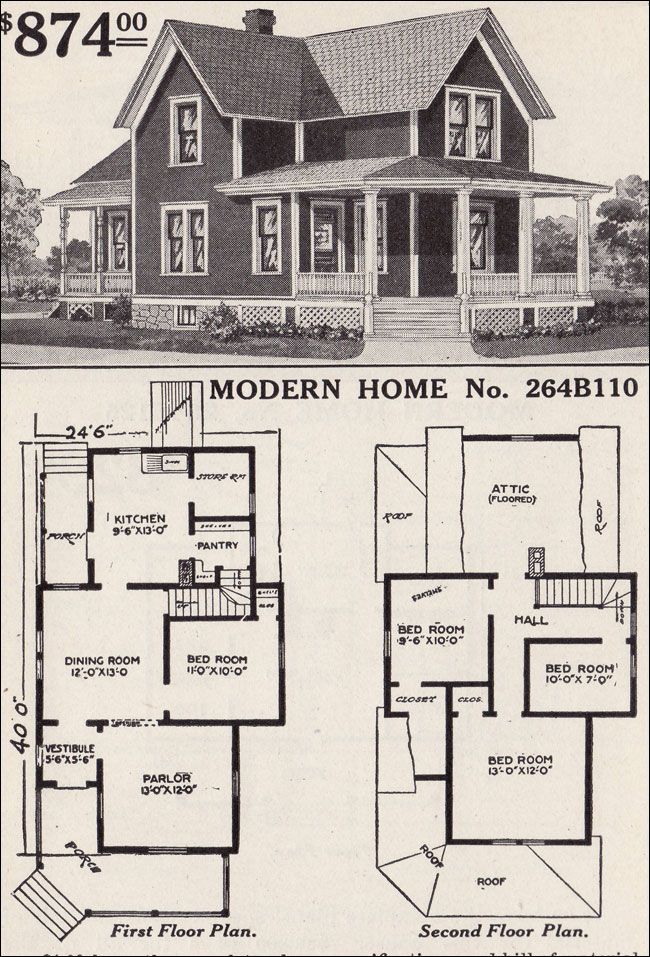Ordinary Portland cement vs PPC
There might be a confusion among engineers/owners of residential buildings to use OPC or PPC because there are different types and grades of cement available in market. The main two types of cement are Ordinary Portland cement (OPC) and Pozzolana Portland cement (PPC). Knowing what is OPC, PPC its grades and advantages will give a clear picture.
Ordinary Portland cement
OPC was the most common cement available until a few years back but now the market is flooded with PPC. Now studies proved that PPC is more environment friendly than OPC.
Uses of OPC
- OPC is generally used in RCC for grades above M20 and where higher strength of concrete maybe achieved.
- Government projects where grade of cement will be specified.
- For design mix OPC is must because there are no grades for PPC which is not desirable to achieve target strength.
- Non structural works such as flooring, plastering etc.
- For mass concreting in which initial setting time is significant.
- Only OPC with higher grade is used for pavement quality concrete.
Advantages of OPC
- Initial setting time is 30 minutes and final setting time is 600 minutes which is comparatively less than PPC.
- Curing period is more for higher grades of OPC like 43 grade and 53 grade.
- If the curing is not done properly cracks will form due high heat of hydration.
- For design mix where target strength to be achieved only OPC can be used.
- The most important advantage of OPC over PPC is that OPC is available in different grades such as
- Ordinary Portland Cement 33 grade
- OPC 43 grade
- OPC 53 grade
Portland pozzolana cement (PPC)
PPC is basically a variation of OPC in which pozzolanic material is used as a replacement of OPC up to 30%. These pozzolanic materials itself has binding properties and adds to the strength of concrete. Pozzolanic materials which blended are
- Fly ash
- volcanic ash
- clay
- silica fume
- slag
- shale
These secondary materials are added to grounded limestone. Which will improve some properties of cement.
Advantages and uses of PPC
- PPC is more Eco friendly than OPC. It reduces green house gas emissions because pozzolans are naturally occurring minerals and used up to 30% of OPC replacement.
- It generates low heat of hydration than OPC.
- Less water permeable because of high finess and less water permeability denotes to high durability.
- For PPC curing time is more and strength generated at 90 days is more than OPC even though 7 day strength is lower.
- More economical for residential structures due to lower cost than OPC. However for design mix which specifies target strength Ordinary Portland Cement makes sense.
- Portland blend cement have better work-ability and finishing because of finely grounded pozzolans.
- Because of better work-ability water cement ratio can be lowered which gives more strength.
Which is better OPC or PPC?
The million dollar question and the answer is it depends on the usage and purpose.
For residential structures where no mix designs is used, there are no mass concreting to be done. No strict quality control can be ensured while mixing concrete in site, Definitely PPC is better. Because it ensures
- Better work-ability and finishing.
- Less prone to cracking.
- Optimum water cement ratio can be enforced.
- Low heat of hydration and Eco friendly.
- Comparatively low cost.
- High durability and strength.
The above points are relevant only in case of small to medium residential structures where there will be minimal quality control and no proper mix design.
In case of large commercial projects where mass concreting takes place and proper mix design and mean target strength to be achieved, high grade OPC is the only option.
Reference – https://www.nbmcw.com


Interesting information. Thanks for sharing
Thanks for sharing such an informative article.The article was a delightful read, and I found it to be exceptionally well-crafted and enlightening.